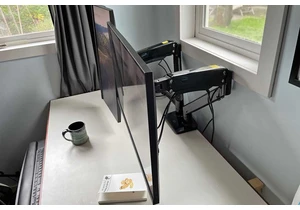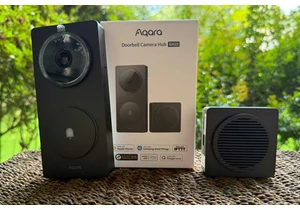For years, Chromebooks have served as the loyal opposition to PCs. Google’s laptops offer many of the same Google services as you can find via the Web, but integrated into an inexpensive package for consumers and students. So what’s next?
I sat down with John Solomon, vice president of ChromeOS and education at Google, to ask about the new wave of AI PCs and how Google responds. We talk about how “generic” Chromebooks survive as Google pushes Chromebook Plus, how kids can be encouraged to game on Chromebooks as well as learn, and what Google is cooking up in response to Microsoft’s Recall for Copilot+ PCs.
This interview has been lightly edited for length and clarity.
Further reading: Best of Computex 2024: The most intriguing and innovative PC hardware
Mark Hachman, PCWorld: I saw your presentation at Computex as a way to remind people that there are more than just AI PCs. So, in light of those products, what is the value proposition of a Chromebook these days?
John Solomon, Google: As you know, we have Chromebook and Chromebook Plus. In Chromebook, it has always been about and continues to be about delivering really great value, the best place to experience access to Google services.
Whether it’s Google Workspace, or more broadly, Chrome, we work very hard to make sure that first-party products as well as the Play Store work well on Chromebook. We’ve put a lot of machine learning functionality into doing things like power management, memory management, and this allows us to put together a package that from a price point perspective is very accessible.
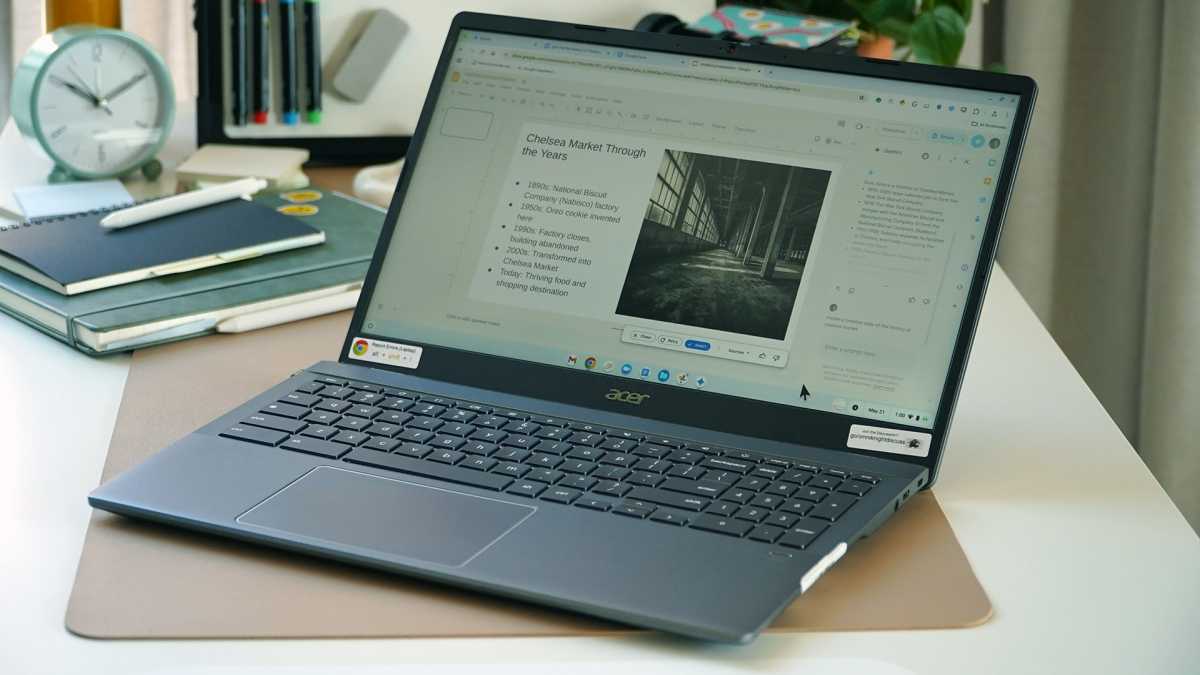
Michael Crider/Foundry
Michael Crider/Foundry
<div class="scrim" style="background-color: #fff" aria-hidden="true"></div>
</div></figure><p class="imageCredit">Michael Crider/Foundry</p></div>So what you see on a Chromebook is a lot of success at opening price points for a consumer across a lot of major markets — U.S., UK, I’m not sure which markets you cover –though obviously U.S. So that gives us a very strong position there.
We also obviously are very strong in education. Futuresource just came out with their latest data. And, you know, that’s largely on the back of a very affordable product, which is easy to manage on the education side, In enterprise we are increasingly a frontline worker value proposition.
So that’s Chromebook. Launched late last year, we introduced Chromebook Plus as a separate tier with significantly more memory storage and processing capability. And we did that with a view to that being our launchpad for AI. So with Chromebook Plus you have a set of cloud and on-device AI capabilities, that we’ve basically targeted and limited to be available on Chromebook Plus only.
Can you break down the proportions of all three?
Sure, sure. In terms of the installed base — so these are rough numbers, but it would be about 60 percent in the education space, 30 percent in consumer and 10 percent in enterprise, and that roughly matches shipments over a few years.
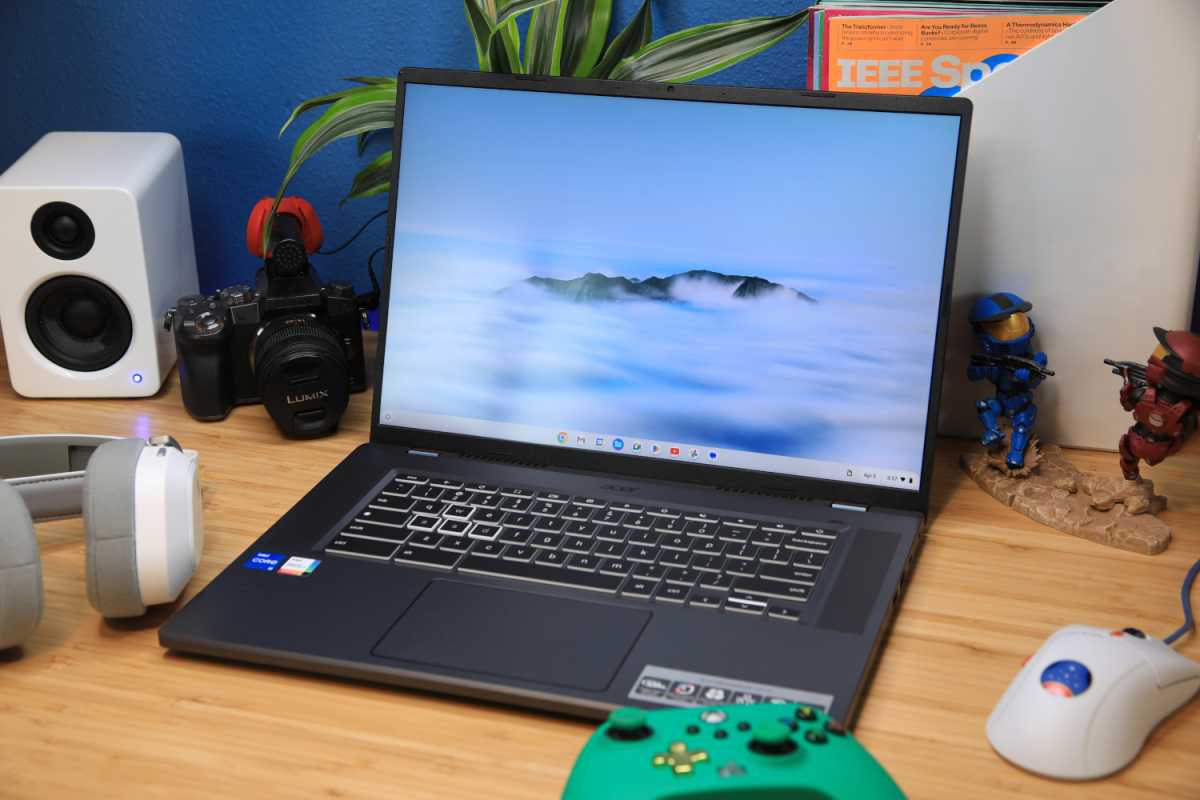
The Chromebook Plus will split the difference between education and the traditional consumer market.
The Chromebook Plus will split the difference between education and the traditional consumer market.
IDG / Matthew Smith
<div class="lightbox-image-container foundry-lightbox"><div class="extendedBlock-wrapper block-coreImage undefined"><figure class="wp-block-image size-large enlarged-image"><img decoding="async" data-wp-bind--src="selectors.core.image.enlargedImgSrc" data-wp-style--object-fit="selectors.core.image.lightboxObjectFit" src="" alt="Acer Chromebook 516 GE design" class="wp-image-2290665" width="1200" height="800" loading="lazy" /><figcaption class="wp-element-caption"><p>The Chromebook Plus will split the difference between education and the traditional consumer market.</p> </figcaption></figure><p class="imageCredit">IDG / Matthew Smith</p></div> </div></figure><p class="imageCredit">IDG / Matthew Smith</p></div>But from a growth rate perspective, education tends to be somewhat lumpy — in sort of cycles, right? So it came through some really big years, 2020 and 2021, 2023 and 2024 have been down years for education. Consumer goes through his own ups and downs, but overall, we’ve been generally building a consumer footprint starting with an opening price point to kind of having the strongest value there, then building into the $300 to $600 range where we have much lower market share, but we think we have a very strong value proposition.
In places like Best Buy — I didn’t mention this in my talk this morning, but in January through April, 27 percent of their mix is Chromebook Plus. And that is up about — I want to say it’s up from high double digits last year, the same time. Chromebook Plus didn’t exist [then], but if you look at the equivalents on the specs, sure. What we see happening is Chromebook Plus is lifting the [average selling price] of products. And that data I shared with you is really before we did our big AI launch. So we think it’s going to obviously go even stronger.
I would assume that Chromebook Plus is pretty much limited to consumer, or does it have an education presence as well?
A very strong interest for, and possibility for, teacher devices. So that’s where we see it going into education — as teacher devices. Not many public schools can afford to spend more on devices. There are some private schools for sure, that I’ve looked at that are using it. And then enterprise, you’ll see it more in [small and medium businesses] as well as an executive kind of product.
With the bulk of shipments going toward education, does that influence the development of ChromeOS in that direction?
No. We don’t take education for granted, and we will continue to invest in education, but the education market is looking for a fairly stable product. And is not necessarily looking for the newest and greatest, like innovative new features. Whereas consumers are, you know, always looking for something new or more interesting in like, different form factors bigger displays, more premium.
So we look at consumer as a place that will really lean into innovation first, and then as the features, you know, mature and a lot of times they get cost-reduced. We’ll bring that to the education market, but really from a strategic perspective, consumer and enterprise are our strategic growth areas. Education is always going to be our anchor tenant.
It’s not necessarily on the hardware level –we shouldn’t necessarily be innovating as much. But it is a place where that we see a lot of AI possibilities, but probably not in the OS more than on [Google] Workspace. I also run Workspace.
One of the things I’m beginning to worry about is fragmentation. On the PC, we have a substantial portion of users on Windows 10, a chunk on Windows 11, but there’s also a dividing line Microsoft is drawing within that, with Copilot+ PCs and their TOPS requirement. With Chromebook Plus as Google’s vehicle for AI, where does that leave the “generic” Chromebook?
Okay, that’s a great question. We will continue to waterfall capabilities and features to Chromebook as long as the user experience is good there.
And then, you know, actually, even prior to AI, this was something we had to be aware of where there were certain experiences. You know, let’s say experiences that required a [virtual machine], high virtualization performance, where we would limit that to higher tier products. So we’ve always had to look at the reality of what is the capability of the device, and then make sure that the user experience is going to be good.
We talk to developers, which are obviously a key constituent for us because, as you know, users live and die by what apps they can get. So when we talk to an Adobe, for example, you know, and we first approached them about Chromebook Plus, they were actually super pleased because they had been frustrated before that it was very hard for them to develop for a Chromebook because they were like, well, I have to develop for a 2GB {RAM] device, all the way through to, you know, an 8GB and a 12GB device.
And so if a developer has to design for the lowest common denominator, they are not going to give their best. They’re going to be limited in what features they can do.
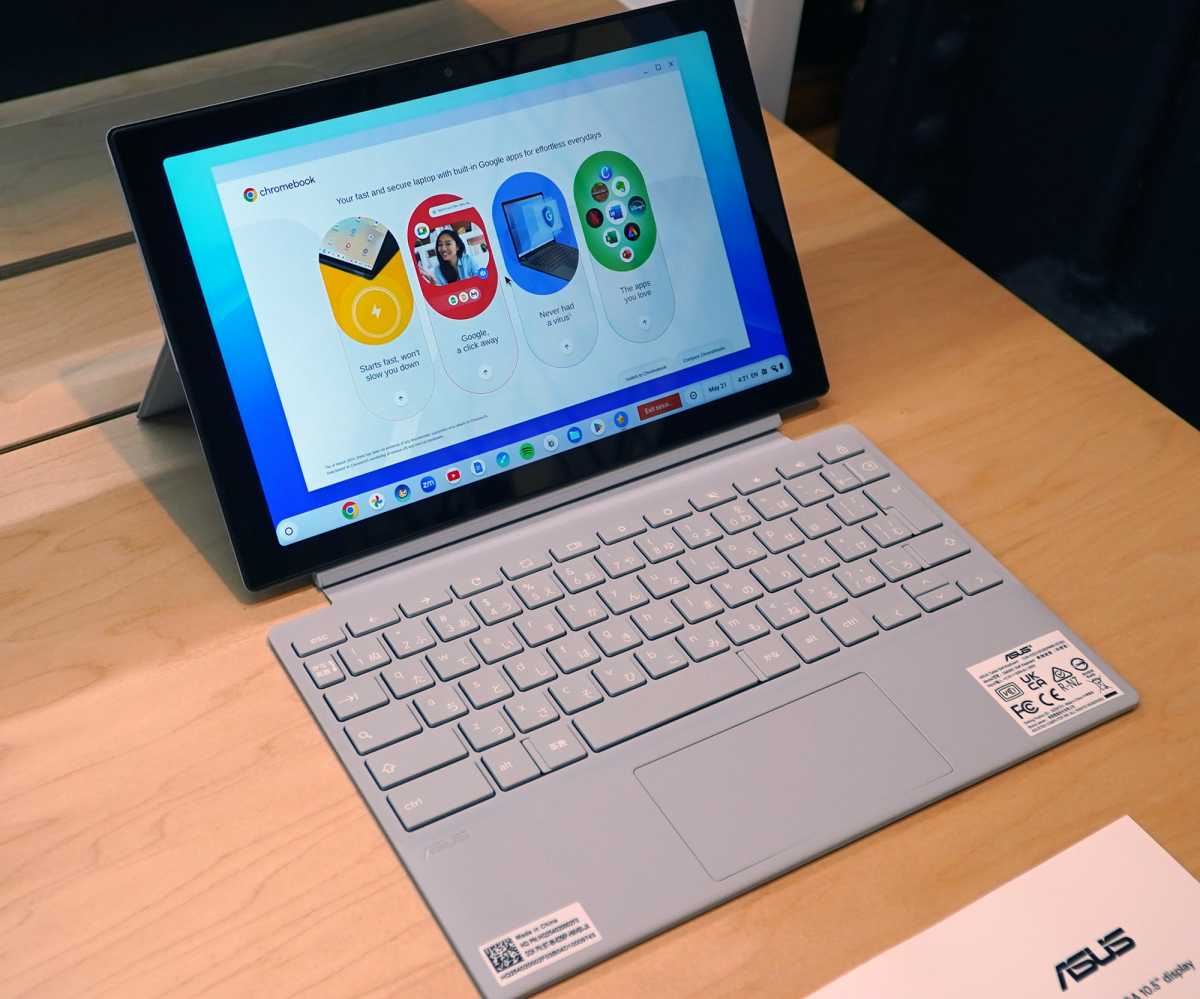
Login to add comment
Other posts in this group

Electric vehicles (EVs) are clearly the future, but what’s available
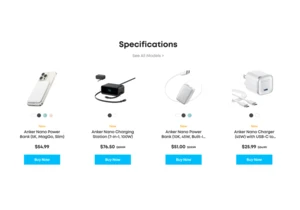
Anker remains one of our preferred sources of power banks, USB-C hubs

Stop us if you’ve heard this before: Microsoft encourages you not to

Who needs a smart home hub you can snag cheap Wi-Fi smart bulbs that
